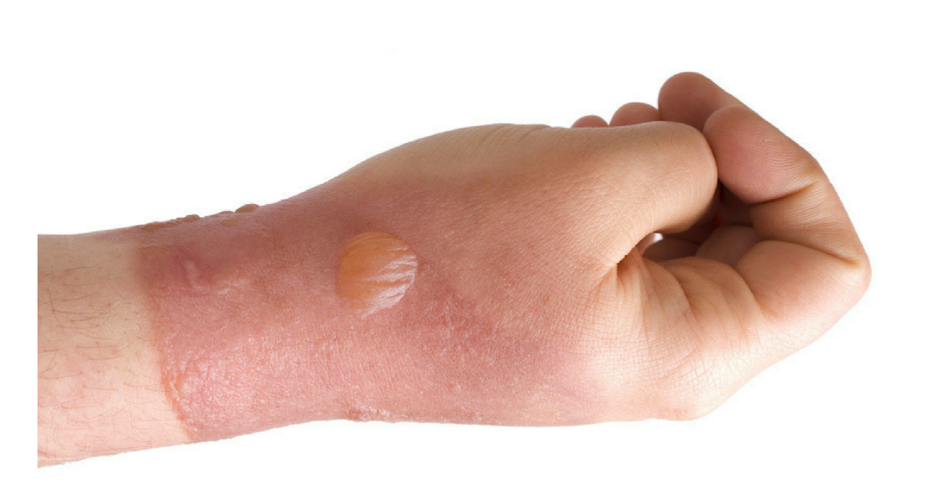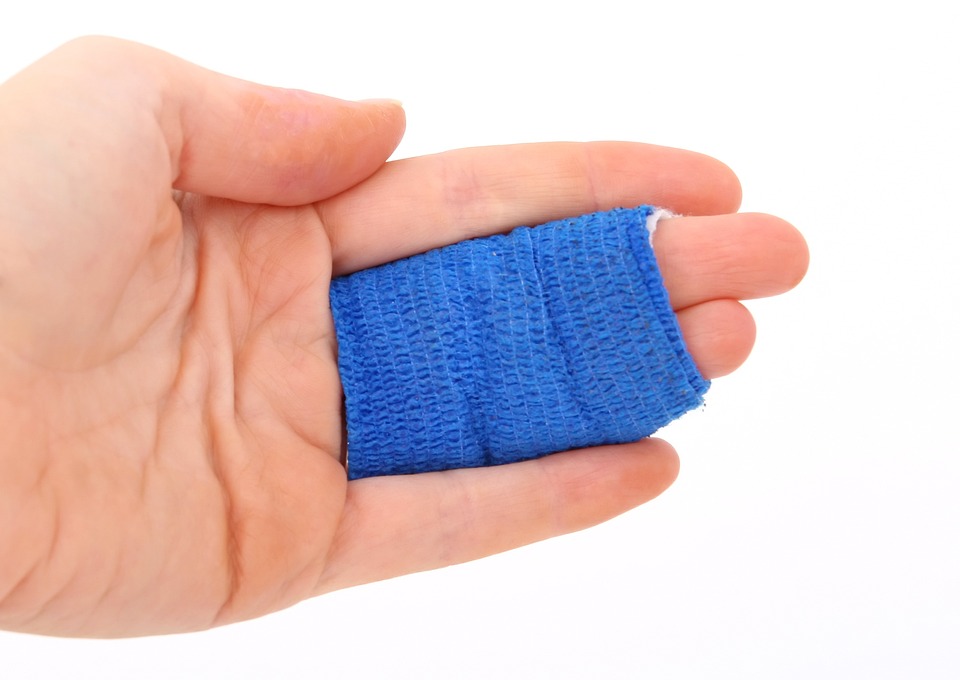A burn is damage to body tissue if exposed to heat, electricity, or chemical contact or if it has been exposed to excessive heat and radiation. Burns can be mild or very serious, depending on the extent and type of burn.
What Types of Burns Are There?
Burns can be classified according to the involvement of the tissues that caused them. The skin consists of three main layers: the epidermis, the dermis, and the hypodermis, and the severity of the burn is greater, the more layers it affects.
A Brief Description Can Be as Follows:
- First-degree burns affect only the epidermis, leaving the skin red, painful, and inflamed.
- Second-degree burns affect the skin’s deeper layers such as the dermis and cause redness, pain, swelling, and a blister.
- Third-degree burns are deeper. The skin appears whitish, burnt, and there can be no pain because the nerves have been burned and cannot transmit the sensation of pain.
- Fourth-degree burns and above affect even more profound areas of the body, reaching down to muscles and subcutaneous fat and reaching even deeper. These cases require immediate medical attention.
The severity of a burn depends on the type of burn, but the injury’s extent and location should also be considered.

When Should I See a Doctor?
There are circumstances in which a burn needs to be examined for specific treatments such as bandages, oral medication, medical aftercare, etc. Usually, in these cases, it is necessary to consult a doctor:
- Large area burns or second degree burns with a diameter of more than about 5 cm.
- Burns that do not cause pain.
- Burns of any size where the skin has been burned or turned white.
- Chemical or electrical burns.
- Burns that have not healed for two weeks.
- Pregnant women.
- Patients over 60 years
- Burns on the face or in places that are difficult to heal, such as the hands, feet, groin, or all major joints.
- Small children, 5 years old or younger
- Diabetics
- Burns that begin to hurt more smell bad or drain fluid into the clothes.
Small first-degree burns and second-degree burns that occur in easily treated areas in a healthy adult can usually be treated at home. However, in the cases mentioned above, it is essential not to delay the visit to the doctor: the earlier the correct treatment of a burn is started, the easier it will be to heal it well, painlessly, and without leaving scars. Delayed treatment can mean poor healing or infection, so we recommend that you see your doctor if you have a burn like the ones described above.

Burns: First Aid
In case of a heat burn, it is best to apply cold water to the burned area quickly. This will reduce the pain and inflammation of the skin, and in the case of chemicals, it removes the substance and stops the chemical burn.
Avoid ice and ice water, it will make the situation worse by adding a cold burn to an already injured area. When the pain subsides, you can assess the injury. If it is a first-degree burn, you can use a soothing cream and bandage to protect the area.
If it is a second-degree burn and the skin is blistered, do not break the blister. If the blister is accidentally broken, disinfect it with soap and water. Apply a product suitable for second-degree burns and cover with a sterile dressing. Depending on the injury’s size or the area where this treatment is applied, it may be sufficient, or it may be basic maintenance until the doctor has assessed your burn.

Let us know if this information has helped you in the comments below!


